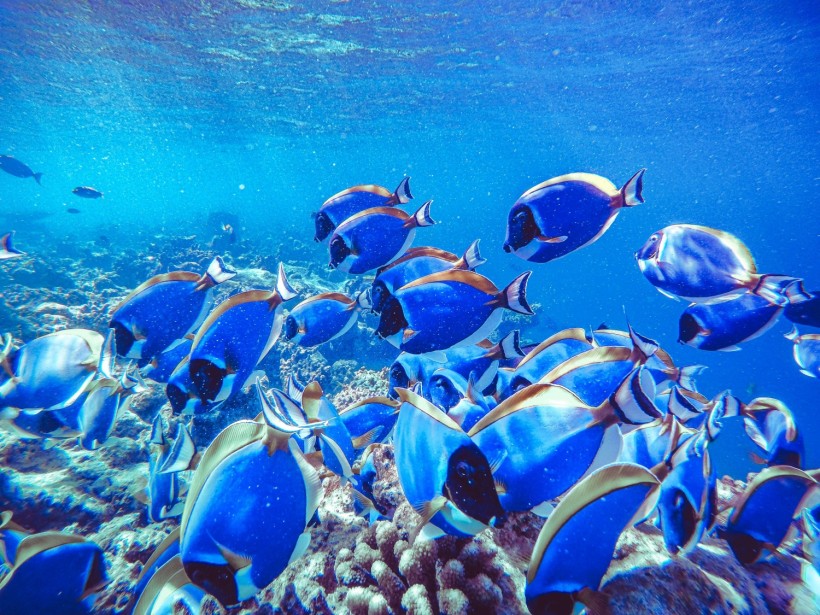Dogs can bark, while cats can meow. It turns out fish also make their own sounds. People have known this fact since ancient Greece; that is why some fish are named after the sounds they make.
Researchers from the University of Florida found that they can use fish sound to protect and conserve underwater ecosystems. They use data from a website called FishSounds to which fish sound researcher Audrey Looby has contributed.

What Does the Fish Say? Scientists Using Fish Sounds to Study, Conserve Underwater Ecosystems
How Do Fish Make Sounds?
FishSounds is the first interactive website that serves as a library for fish's sounds when communicating with their environment.
The underwater world is noisy, at least for marine species who make sounds. According to the website Owlcation, these vocalizations can include pops, clicks, purrs, whistles, grunts, groans, growls, hums, barks, hoots, rattles, and tinkles.
Fish make sounds to communicate with others, attract mates, warn of danger, and scare their competitors and predators. Sometimes these sounds may also be a distress call. So, how do they produce sounds?
Some fish use the sound-producing organ called a swim bladder connected to the sonic muscle that contracts and relaxes in a rapid sequence causing it to vibrate and produce low-pitched sound. For example, the sonic muscle in oyster toadfish can contract 200 times per second.
Another way for fish to make sounds is through stridulation, the process in which teeth or bones or any hard body parts hit each other. These movements produce water currents or splashes that result in sounds they use for communication and interaction.
How do they help scientists protect and conserve underwater ecosystems?
Almost 1,000 Fish Species Produce Sound to Communicate
Fish sounds are mainly used to communicate with each other. Science Daily reported that sounds travel faster through water than air and ensure the message reaches its audience.
Looby said that fish sounds contain a lot of information, such as their territory, predators, food, and reproduction. These sounds act as their calling card and matching these sounds to fish species would help scientists know what kinds of fish are in the area and what they are doing.
As a result, conservation efforts and fisheries management on critical fish species would be more effective. The team hopes that marine, estuarine, and freshwater ecologists could use special underwater microphones called hydrophones to gather data on the whereabouts of fish species.
While doing their research, the team was able to identify less than 1,000 fish species that make active sounds to communicate and studied a few hundred species for their passive sounds. However, the team believes that there are many more fish species that have not been recorded yet, so they are going to continue to review new studies to add to the library of fish sounds.
RELATED ARTICLE: Exceptionally Elusive Dragonfish Spotted Off the Coast of California in Rare Sighting Using Remotely Operated Vehicles
Check out more news and information on Fish in Science Times.














